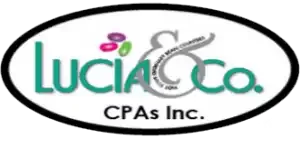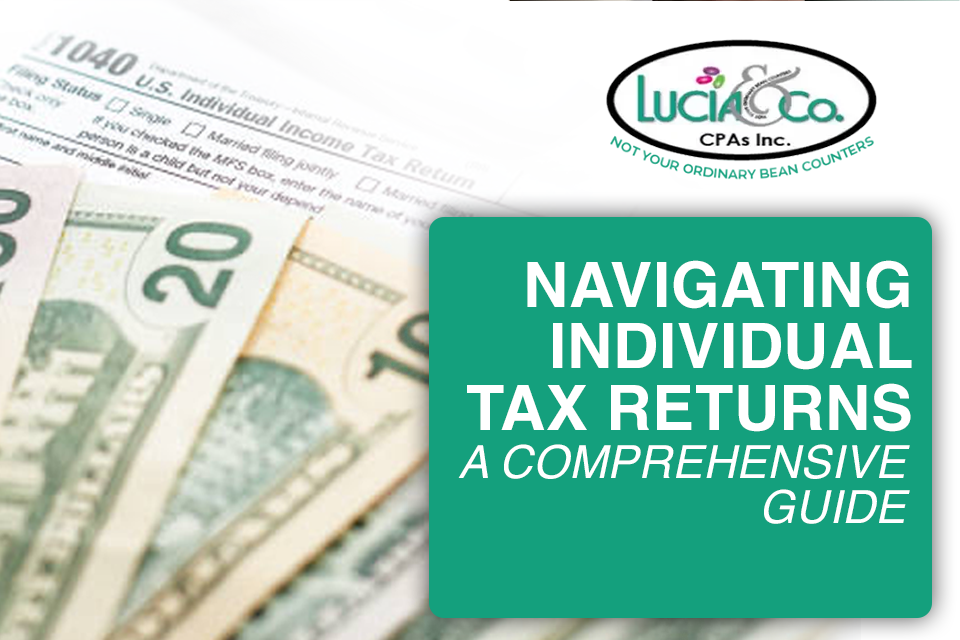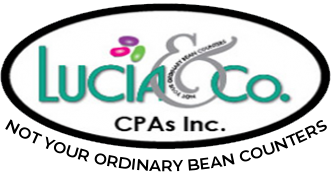Filing individual tax returns can be a daunting task, especially with the ever-changing tax laws and regulations. However, understanding the basics and staying informed about the process can help you file your taxes accurately and on time. This comprehensive guide will walk you through the essential aspects of individual tax returns, including the filing process, common deductions and credits, and tips for maximizing your refund. Whether you are a first-time filer or a seasoned taxpayer, this article will provide valuable insights to simplify your tax filing experience.
Understanding Individual Tax Returns
Individual tax returns are annual reports filed with the IRS or other taxing authorities by individuals to report income, expenses, and other relevant tax information. These returns determine whether you owe additional taxes or are entitled to a refund. The most common form used for individual tax returns in the United States is Form 1040.
Types of Income to Report
When filing individual tax returns, it’s crucial to report all sources of income. This includes:
- Wages and Salaries: Income from employment, including bonuses and tips.
- Self-Employment Income: Earnings from freelancing, contracting, or running a business.
- Investment Income: Dividends, interest, and capital gains from investments.
- Rental Income: Earnings from renting out property.
- Retirement Income: Distributions from pensions, 401(k) plans, and IRAs.
- Miscellaneous Income: Alimony, gambling winnings, and other taxable income.
Filing Status Options
Your filing status affects your tax rate and the amount of your standard deduction. The five filing status options are:
- Single: Unmarried taxpayers who do not qualify for any other status.
- Married Filing Jointly: Married couples who combine their income and deductions on one return.
- Married Filing Separately: Married couples who file separate returns.
- Head of Household: Unmarried taxpayers who provide a home for a qualifying person.
- Qualifying Widow(er) with Dependent Child: Widowed taxpayers with a dependent child.
Deductions and Credits
Taking advantage of deductions and credits can significantly reduce your tax liability. Here are some common deductions and credits for individual tax returns:
- Standard Deduction: A fixed amount that reduces your taxable income. The amount varies based on your filing status.
- Itemized Deductions: Expenses such as mortgage interest, medical expenses, and charitable contributions. You can choose to itemize if it results in a larger deduction than the standard deduction.
- Earned Income Tax Credit (EITC): A credit for low- to moderate-income working individuals and families.
- Child Tax Credit: A credit for each qualifying child under the age of 17.
- Education Credits: Credits for higher education expenses, such as the American Opportunity Credit and the Lifetime Learning Credit.

How to File Individual Tax Returns
Filing your individual tax returns can be done in several ways:
- Electronic Filing (e-File): The fastest and most accurate method. You can use tax software or hire a tax professional to e-file your return.
- Paper Filing: You can manually fill out Form 1040 and mail it to the IRS. However, this method is slower and more prone to errors.
- Professional Assistance: Hiring a certified public accountant (CPA) or tax professional can ensure your return is accurate and optimized for maximum refunds.
Common Mistakes to Avoid
Avoiding common mistakes can help ensure your individual tax returns are processed smoothly:
- Incorrect Information: Double-check your Social Security number, income figures, and other personal information.
- Missing Deadlines: File your return by the deadline (typically April 15) to avoid penalties and interest.
- Overlooking Deductions and Credits: Ensure you claim all eligible deductions and credits to reduce your tax liability.
- Mathematical Errors: Use tax software or a professional to avoid calculation mistakes.
- Failure to Sign: Sign your return before filing. If you’re e-filing, follow the electronic signature process.
Benefits of E-Filing Individual Tax Returns
E-filing individual tax returns offers several advantages over traditional paper filing:
- Speed: E-filing allows for faster processing and quicker refunds.
- Accuracy: Tax software checks for errors and ensures your return is complete.
- Convenience: You can file from the comfort of your home and avoid the hassle of mailing paper forms.
- Confirmation: You receive immediate confirmation that the IRS has received your return.
Estimated Taxes and Tax Withholding
Planning ahead can help you avoid surprises at tax time:
- Estimated Taxes: If you’re self-employed or have other income not subject to withholding, you may need to make quarterly estimated tax payments.
- Tax Withholding: Review your W-4 form and adjust your withholding to ensure the correct amount of tax is withheld from your paycheck.
Maximizing Your Refund
Here are some tips to help you maximize your tax refund:
- Organize Your Documents: Keep all relevant tax documents, such as W-2s, 1099s, and receipts, organized and accessible.
- Review Previous Returns: Look at your past returns to identify deductions or credits you may have missed.
- Stay Informed: Keep up with changes in tax laws and regulations that may affect your return.
- Consult a Professional: A tax professional can provide personalized advice and help you identify opportunities to save.
Tax Implications of Life Events
Life events can have significant tax implications. Here’s how some common events may affect your individual tax returns:
- Marriage: Your filing status changes, and you may be eligible for new deductions and credits.
- Divorce: You may need to file as single or head of household and deal with the tax implications of alimony and child support.
- Having a Child: You can claim the child tax credit and possibly the dependent care credit.
- Buying a Home: Mortgage interest and property taxes may be deductible.
- Retirement: Distributions from retirement accounts may be taxable, and you may qualify for senior-specific tax benefits.

Common Tax Forms for Individual Tax Returns
Filing individual tax returns involves various forms and schedules. Here are some common ones:
- Form 1040: The main form for individual tax returns.
- Schedule A: Used for itemized deductions.
- Schedule C: For reporting self-employment income and expenses.
- Schedule D: For reporting capital gains and losses.
- Schedule E: For reporting rental income and expenses.
File Individual Tax Returns With Lucia & Co
Filing individual tax returns can be a complex process, but understanding the basics and staying informed can make it more manageable. By reporting all income sources, choosing the correct filing status, and taking advantage of deductions and credits, you can optimize your tax return and potentially maximize your refund.
If you’re looking for professional assistance in with your individual tax returns in San Bernardino and Riverside, CA, Lucia & Co. CPAs Inc. is here to help. Our team of experienced CPAs provides personalized tax services to ensure your return is accurate and optimized for the best possible outcome. Contact Lucia & Co. CPAs Inc. today to schedule a consultation and experience the peace of mind that comes with expert tax preparation.


